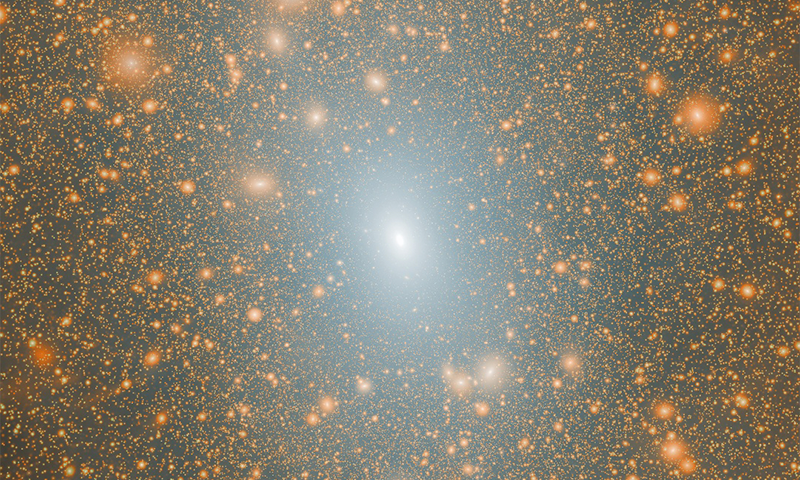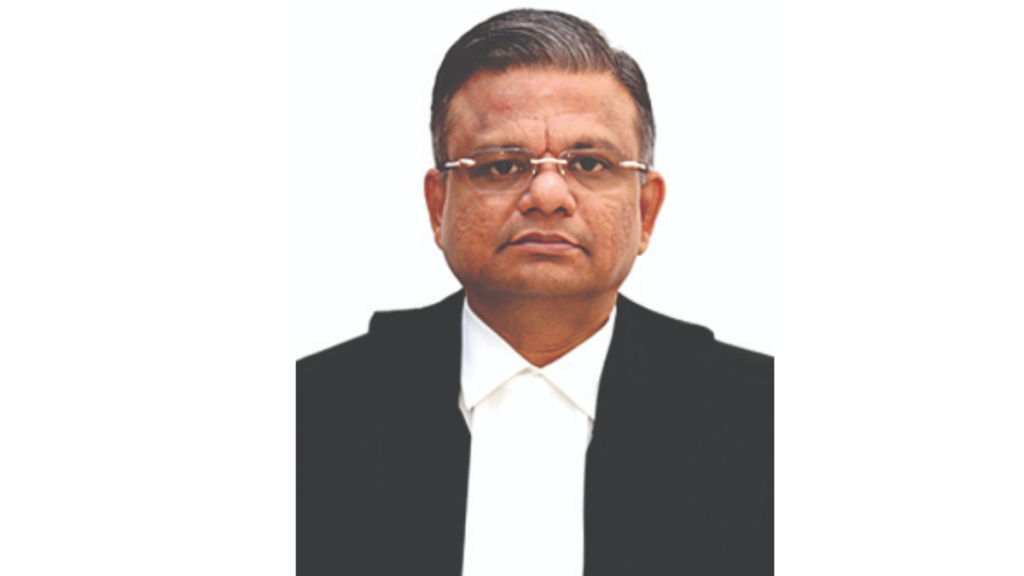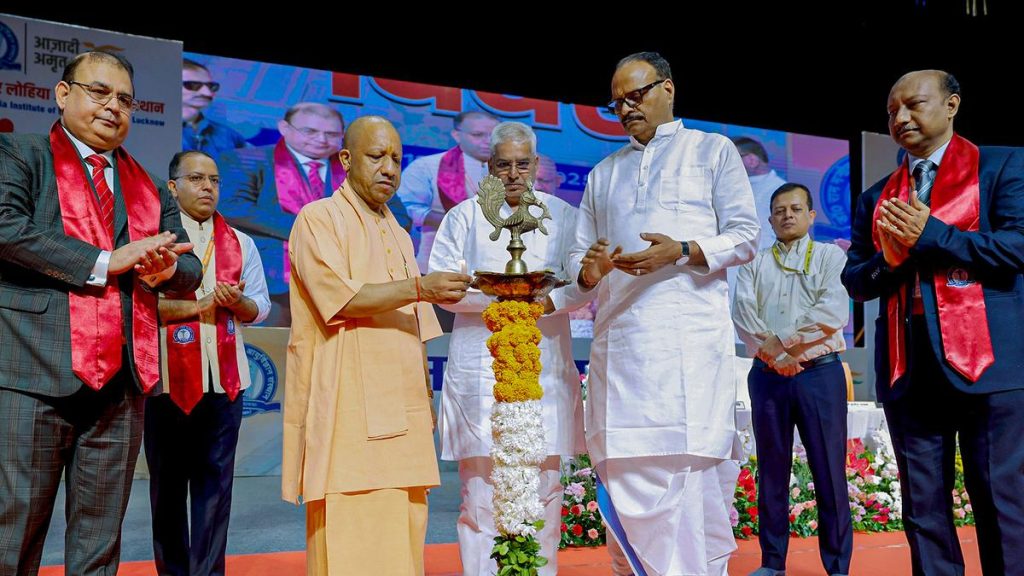Now Reading: Unveiling the Secrets of Hidden Galaxies
-
01
Unveiling the Secrets of Hidden Galaxies
Unveiling the Secrets of Hidden Galaxies

Swift summary
- Cosmologists from Durham University, UK, predict the existence of 80 to 100 small, faint orphan galaxies near the Milky Way.
- These galaxies are potentially hidden in dark matter subhalos and have evaded previous detections due to being extremely dim and low-mass.
- Researchers applied advanced supercomputer simulations and mathematical modeling techniques to identify their likely locations.
- The Lambda Cold Dark Matter (LCDM) theory suggests these galaxies began orbiting larger ones shortly after the universe’s formation, gradually losing mass over time.
- Lead researcher Isabel Santos-Santos notes that if detected, these findings could strengthen current cosmological theories about galaxy formation and evolution.
- Instruments like those at the Vera C. Rubin Observatory may enable detection of these dwarf galaxies for the first time.
Indian Opinion Analysis
this examination into hidden orphan galaxies near our Milky Way embodies a notable step forward in understanding cosmic structures and validating theoretical models such as LCDM. For India’s space science community-which has increasingly focused on research collaboration and expanding capabilities such as thru ISRO’s space telescopes-these findings illustrate how computational simulations paired with cutting-edge observational tools can redefine scientific inquiry. While immediate applications for India may seem limited due to its focus on planetary exploration missions (e.g.,Chandrayaan & Mangalyaan),integrating advancements like high-resolution supercomputing modeling offers pathways for enhancing indigenous astronomy efforts. Additionally, partnerships with global projects like Vera C. Rubin Observatory could elevate India’s contribution to universal cosmology developments.
























